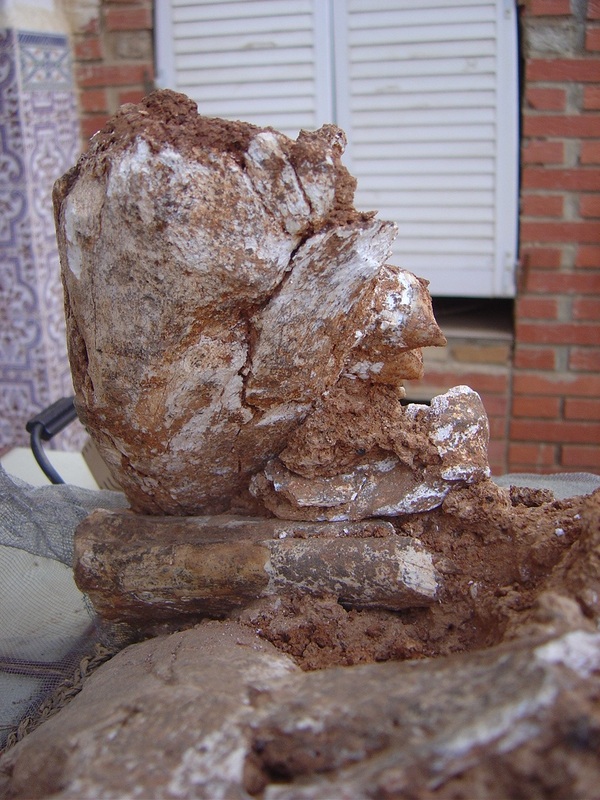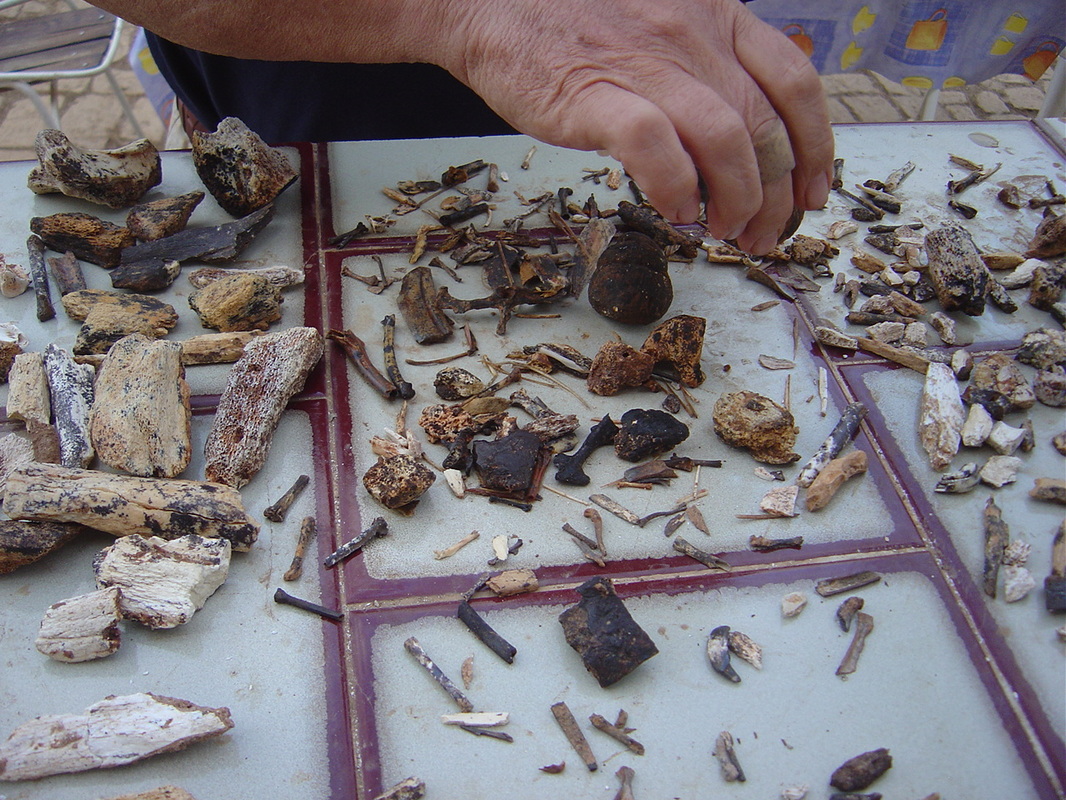ARCHAEOLOGICAL DIG | ORCE + CARTEGENA, SPAIN
|
The Early Man in Spain project conducted research at Cueva Victoria, a large cave with an interesting paleontological and geological history. The cave used to be a hyena den during the Quaternary times, and is an important site due to the large amount of fossil fauna and the presence of human remains and African fauna, especially the big ape Theropithecus cf oswaldi. Though scarce, the human remains in Cueva Victoria, together with Orce, are the oldest in Western Europe. Cueva Victoria also has a long miner history: in the late 19th century it was a manganese mine, and the miners altered the original shape of the cave by making tunnels and ventilation holes.
Research conducted through this project indicates that Cueva Victoria was formed by the late Pliocene between two and three million years ago (mya). The formation of the cave was probably influenced by the circulation of acid fluids through the cracks and joints present in the limestone. This dilution process generated the big rooms in the cave and a residual clay deposit called terra rosa, which is present in the lower cave deposits. Once the cave was opened to the outside it was filled in with sediments through rain and gravity. Hyenas lived within the cave to feed their babies and introduced the majority of the bones. Evidence of hyena activity includes abundant coprolites, hyena teeth marks in the bones, and the presence of bones from marine mammals in the cave. This evidence indicates that the seashore was close by and that hyenas transported their food to the cave. Sometime before 0.8 mya, water circulation permitted the formation of a layer of calcite in the areas above the sediments, bones and manganese nodules in the sediments. Later in the 19th century the cave was quarried as a manganese mine. During the past field season volunteers recovered more than 400 bones from different species of fossil vertebrates. Some of these fossils are well preserved and have contributed to increasing the knowledge of the different species that lived in the Cueva Victoria area. Teams also found a large amount of coprolites of hyenas. One of the current goals of this project is to find more human bones in order to classify the human species which first arrived in Western Europe. Not only are human bones important however; all mammal fossils collected by the volunteers are stored in Cartagena Museum and studied by different researchers from around the world. |

